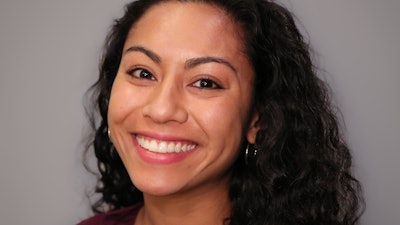On June 29, the Supreme Court of the United States (SCOTUS) made the decision to officially end affirmative action practices at all public institutions in the U.S. The ruling sent medical schools across the nation scrambling to adjust admission standards to abide by the new law of the land.
 Dr. Jessica Faiz.
Dr. Jessica Faiz.
“These barriers [to entry] manifest early, prior to even applying to medical school,” says Faiz. “This is why we really can’t be doing enough to recruit underrepresented groups to medicine, and why the recent Supreme Court decision really sets us back, while we are already behind.”
Only 5.7% of U.S. physicians are Black, and 6.9% are Latinx. Pacific Islanders and Native Americans combined make up just 0.4% of physicians. The vast majority (63.9%) are white, followed by Asian Americans at 20.6%, according to 2022 data from the Association of American Medical Colleges (AAMC).
These numbers “trail far behind the national population,” says Faiz.
Multiple studies have shown a direct correlation between quality of care and if the patient and doctor are of the same race, with patients doing better overall if at least one physician of color was part of their care team. After COVID-19, life expectancy dropped for all Americans, but most dramatically in communities of color.
The direct impact of the SCOTUS ruling — how many fewer individuals of color have been admitted to medical programs this fall — is still unknown. But there are predictors. Nine states in the U.S. had already outlawed the use of race in their admissions long before this ruling. In 1996, California passed Proposition 209, which ended all affirmative action in the state.





















